indian ridge marsh
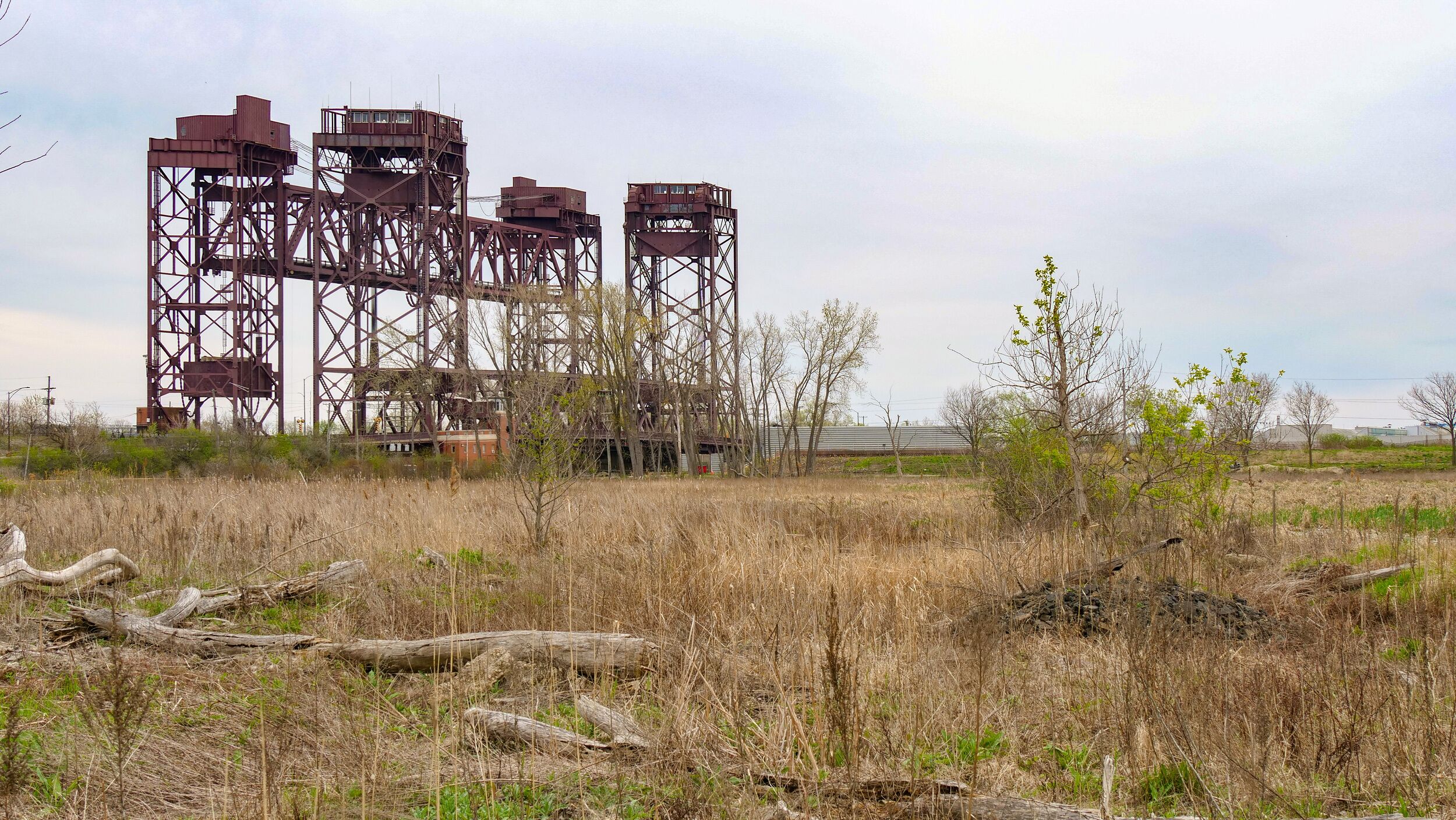
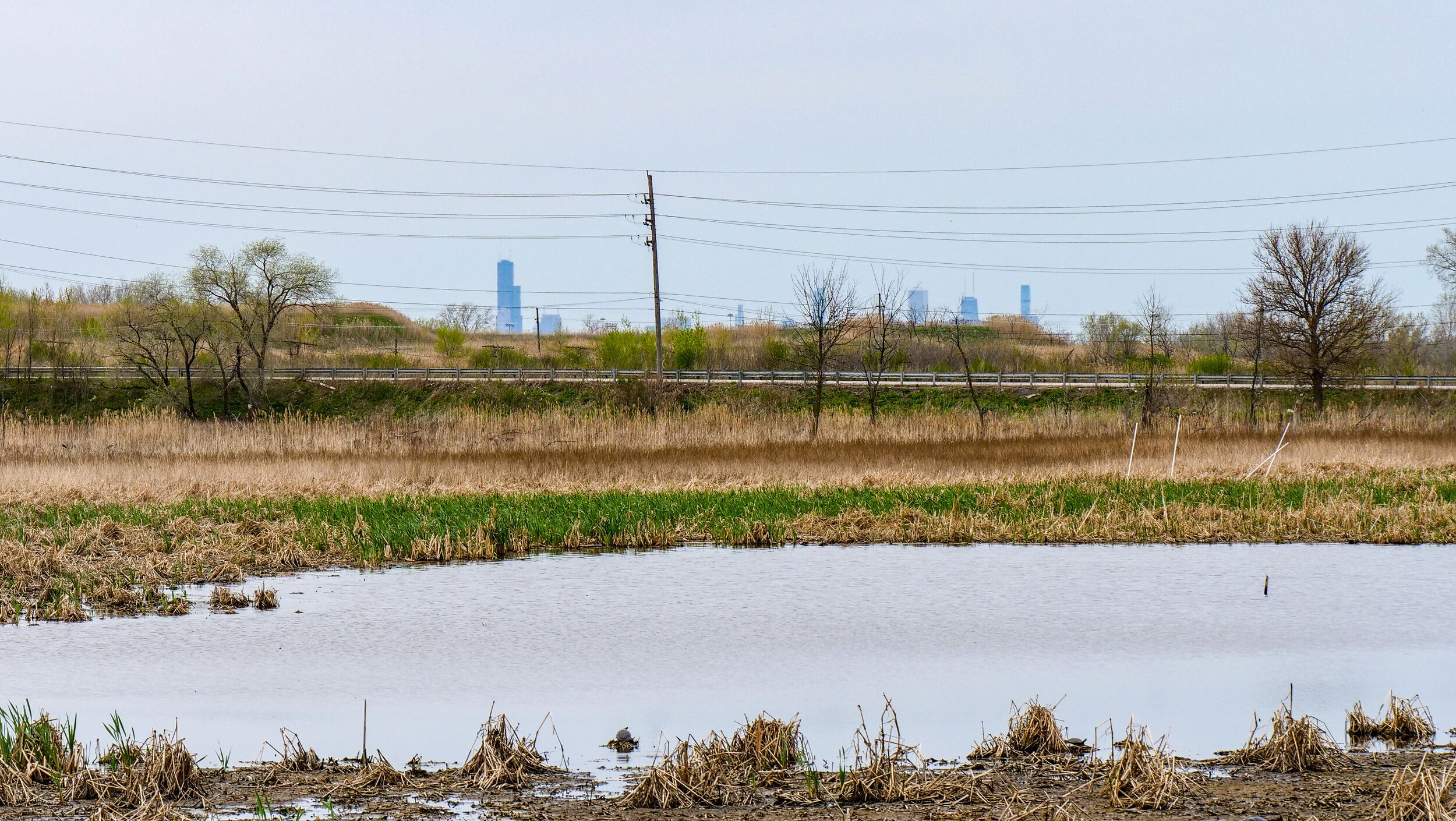
View of the Chicago skyline from Indian Ridge Marsh on the far Southeast Side. The “ridge” of Indian Ridge Marsh, shown just below the skyline, was formed by a receding Lake Michigan after the last Ice Age. Native Americans used the ridge as an important pathway for portage between Lake Michigan and the Calumet River, giving the marsh its name. Taken with Panasonic Lumix GH5 on May 8, 2022.
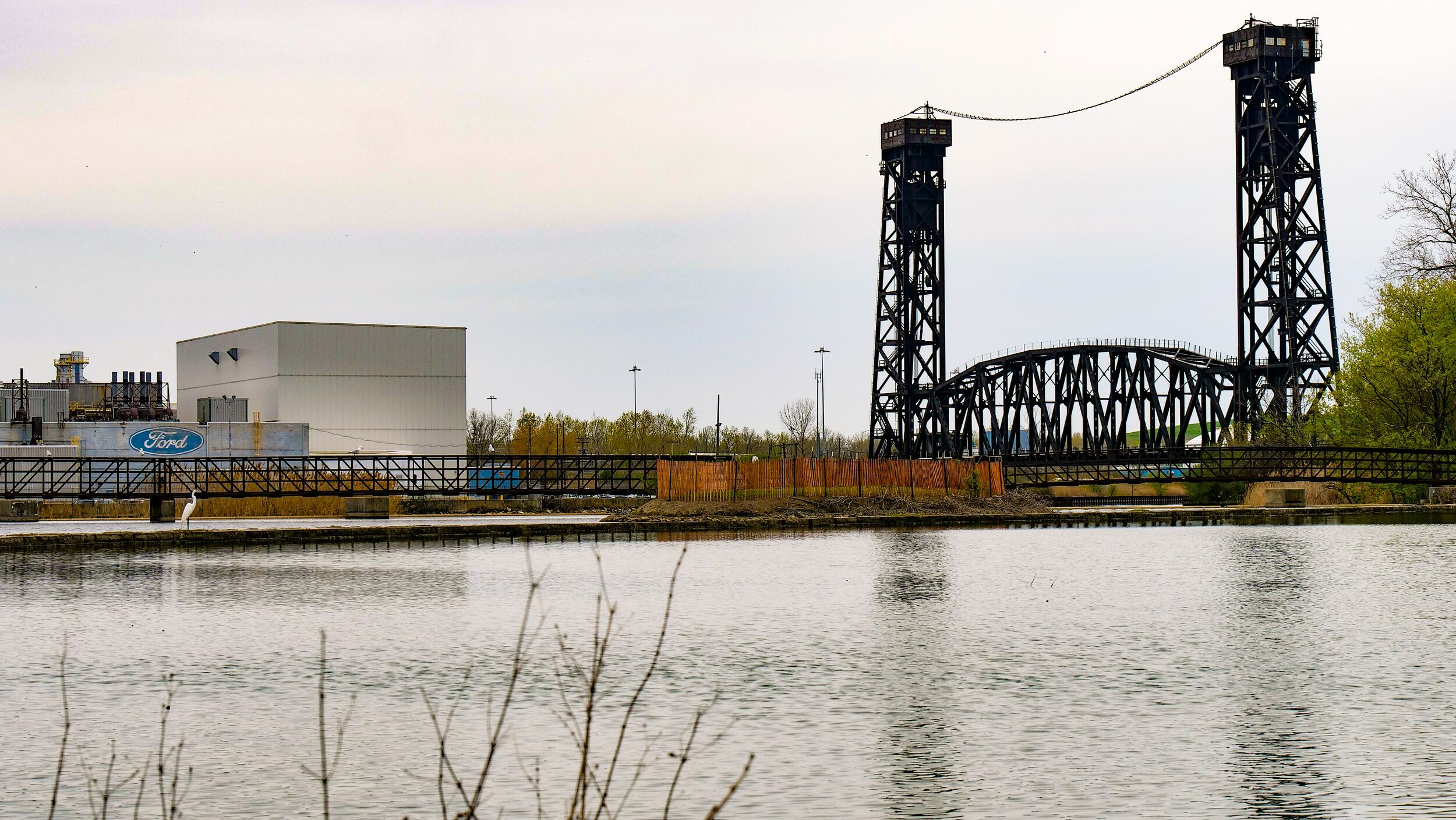
The Calumet River from Indian Ridge Marsh. The marsh was once a part of a system of wetlands connected to the Calumet River watershed. Dredging efforts in the late 1880s significantly reduced the size of nearby Lake Calumet, clearing thousands of acres of pristine wetland ecosystems for industrial efforts. The area is still heavily industrialized today, as evidenced by the Ford manufacturing plant across the river. The plant was built in 1924 and is the company’s longest continuously operating factory. Taken with Panasonic Lumix GH5 on May 8, 2022.
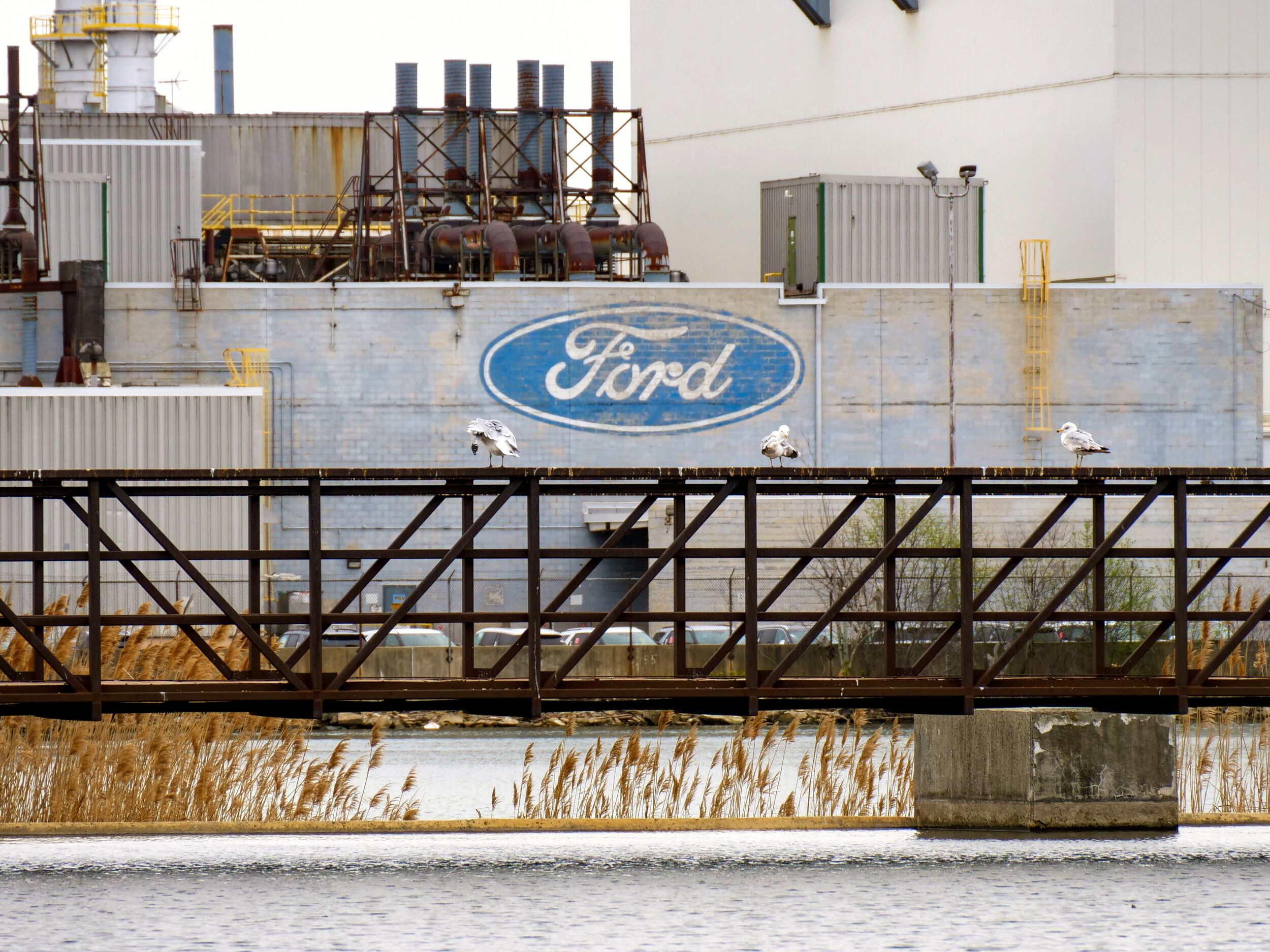
Gulls and the Ford plant. In the foreground, an invasive reed species from the Phragmites genus lines the riverbed. Phragmites thrive in saline-rich soil, which is plentiful in the Calumet region from decades of industrial pollution. Through extensive wetland restoration efforts, Indian Ridge Marsh has largely managed to rid itself of the pest. Taken with Panasonic Lumix GH5 on May 8, 2022.
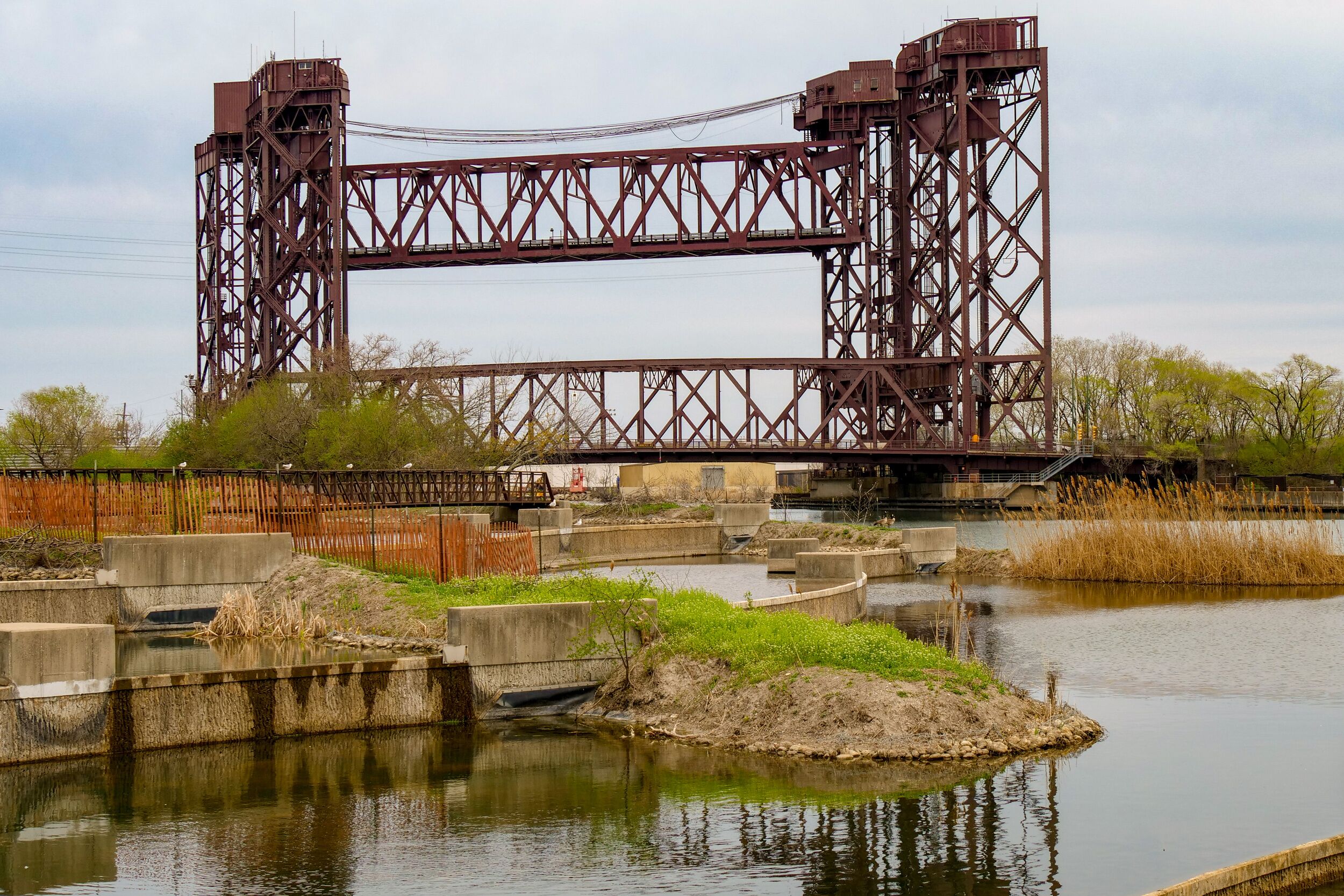
Torrence Avenue Bridge. Torrence Avenue is a major thoroughfare on the Southeast Side of Chicago. Built in 1938 to facilitate industrial traffic across the Calumet River, its truck-centered focus is apparent. Sidewalks on Torrence Avenue near Indian Ridge Marsh are nonexistent, and the nearest public transportation service is over half a mile away, contributing to the marsh’s relative seclusion. Such seclusion may protect the site from ecological disturbance, but it also undermines the city’s goal of increasing public access. Taken with Panasonic Lumix GH5 on May 8, 2022.
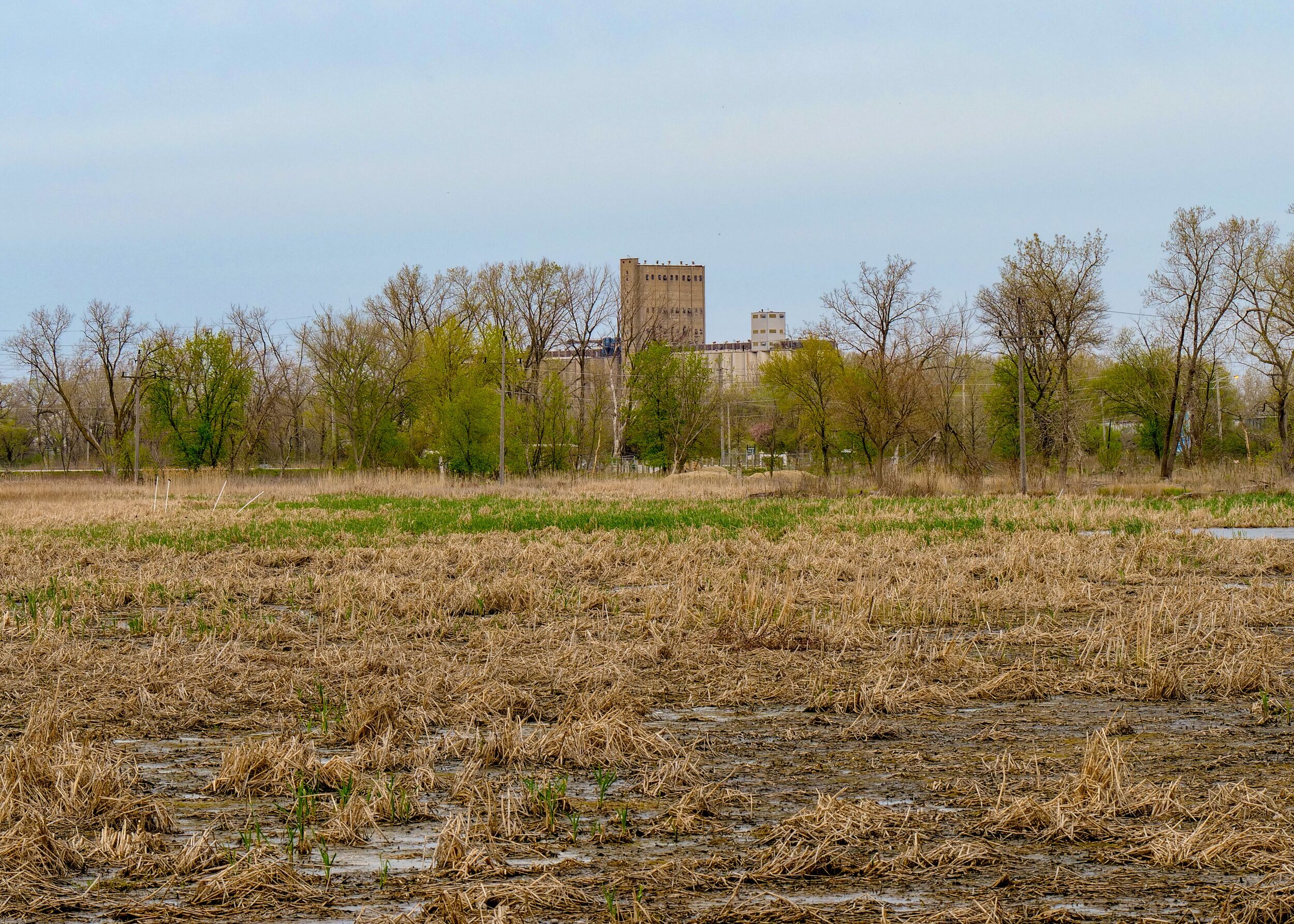
North Indian Ridge Marsh. In the 1880s, Indian Ridge Marsh was platted for residential construction under the ownership of famous Illinois Senator Stephen A. Douglas. These plans never came to fruition, however, and the marsh remained undeveloped throughout the 19th and 20th centuries. When Cook County and the city of Chicago bought marsh parcels in the late 1990s and early 2000s to create Indian Ridge Marsh Park, they were often purchased from the descendants of individual landowners who had once hoped to reside there. Taken with Panasonic Lumix GH5 on May 8, 2022.
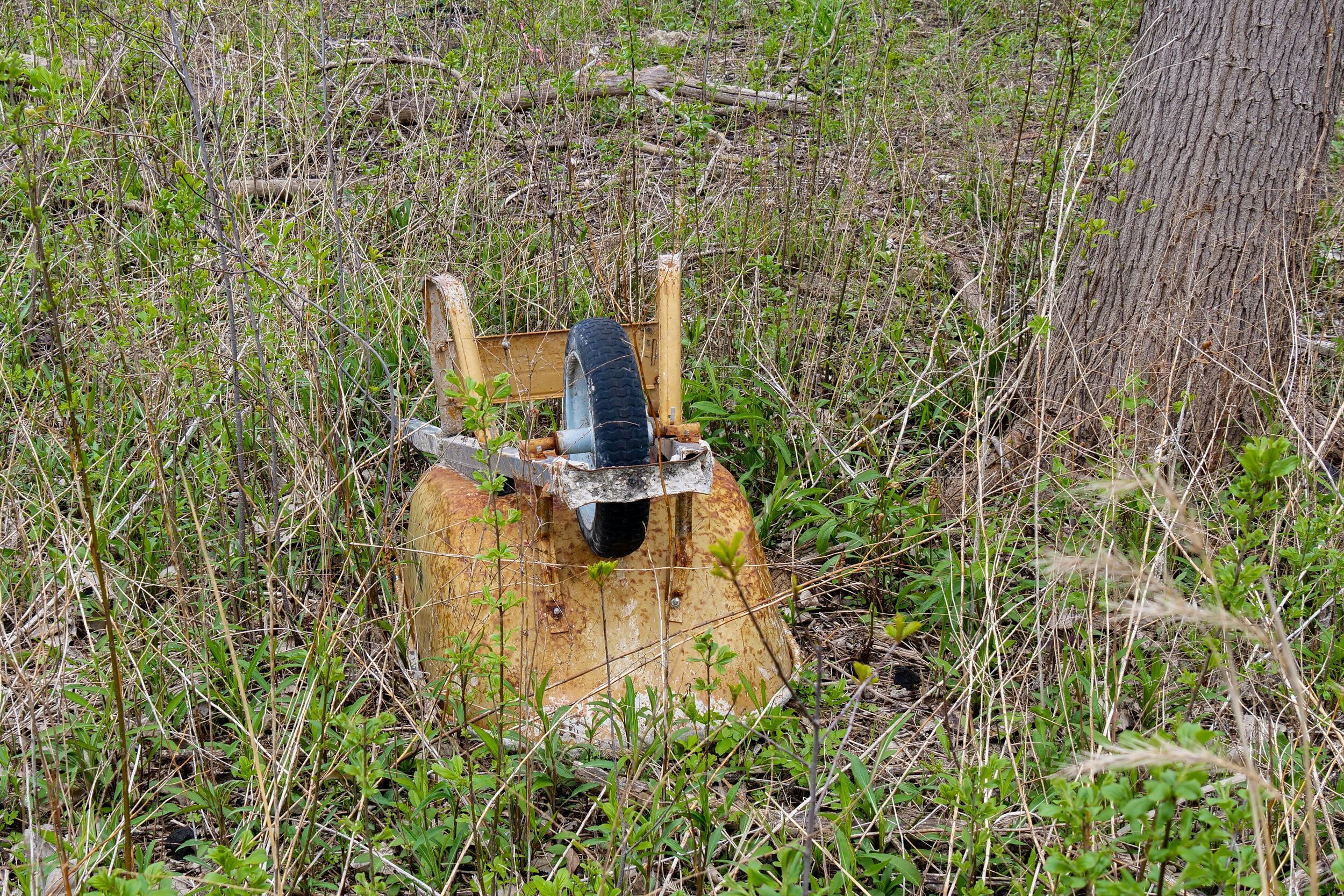
A rusted wheelbarrow amongst reeds. When the Chicago Parks District took control of Indian Ridge Marsh in the mid 2000s, park managers found unprecedented levels of pollution and environmental degradation throughout the site. In addition to unacceptable levels of lead, heavy metals, and pesticides, the marsh bore evidence of over a century of widespread dumping from nearby industrial sites. Toxic waste barrels, entire cars, tires, mounds of slag, and more had to be hauled away from the site en masse, while still more material was buried underground or simply left in the marsh. This wheelbarrow is a legacy of the remnants of this dumping. Taken with Panasonic Lumix GH5 on May 8, 2022.
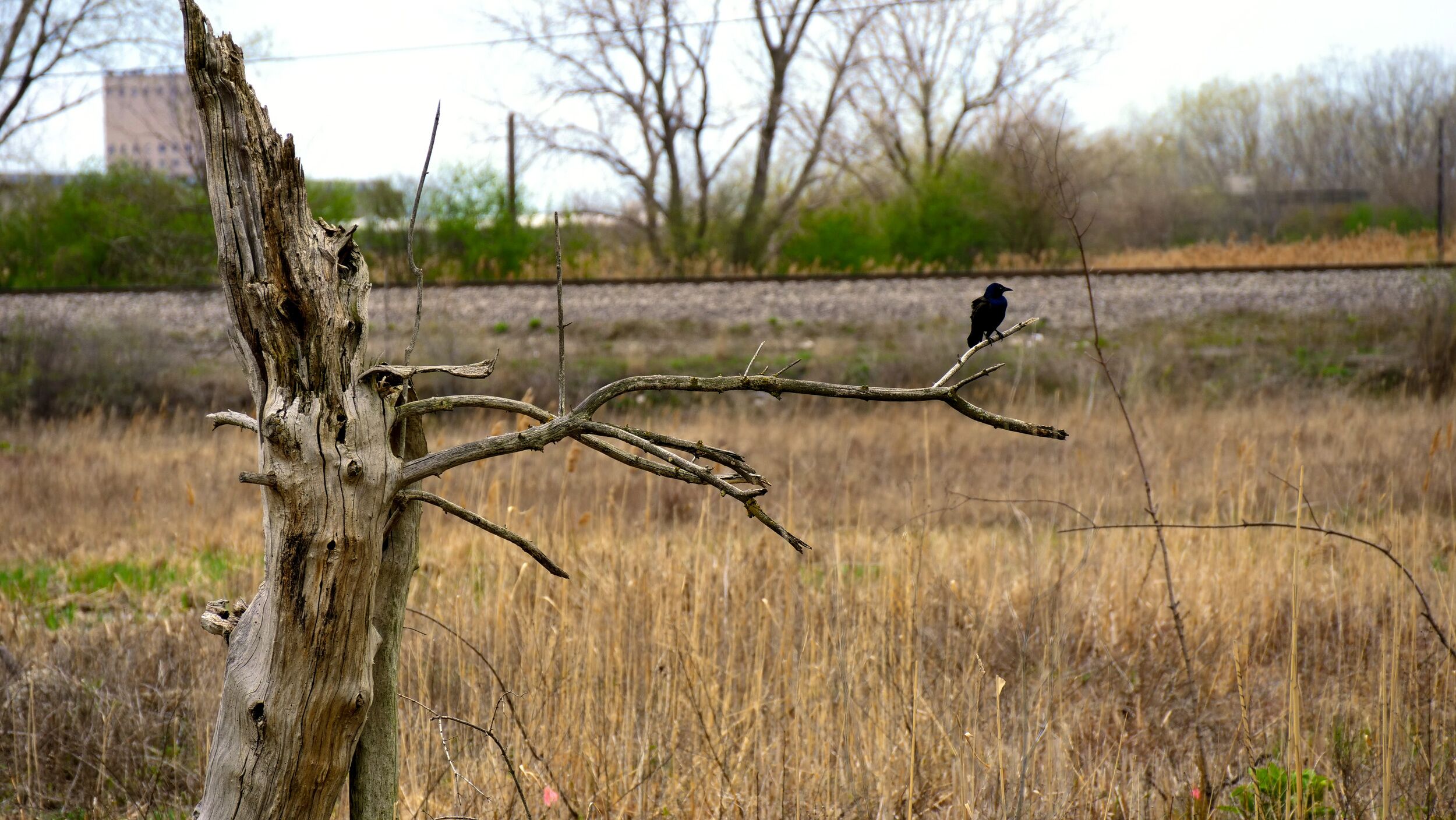
Bird rests on a desiccated tree trunk (Below). Life grows anew from a rotten branch (Right). Taken with Panasonic Lumix GH5 on May 8, 2022. Indian Ridge Marsh is now a hotspot for biodiversity, hosting several endangered and threatened species amongst a wide variety of flora and fauna. Through restoration efforts such as controlled burns, phytoremediation, excavation of native soils, and restoration of the seed bank, park managers and the Army Corps of Engineers created ripe conditions for the return of native species. However, park managers also planted nonnative flora to naturally absorb the high levels of salinity and ammonia caused by continued pollution. Thus, Indian Ridge Marsh is a novel functional ecosystem that mixes native and nonnative species.
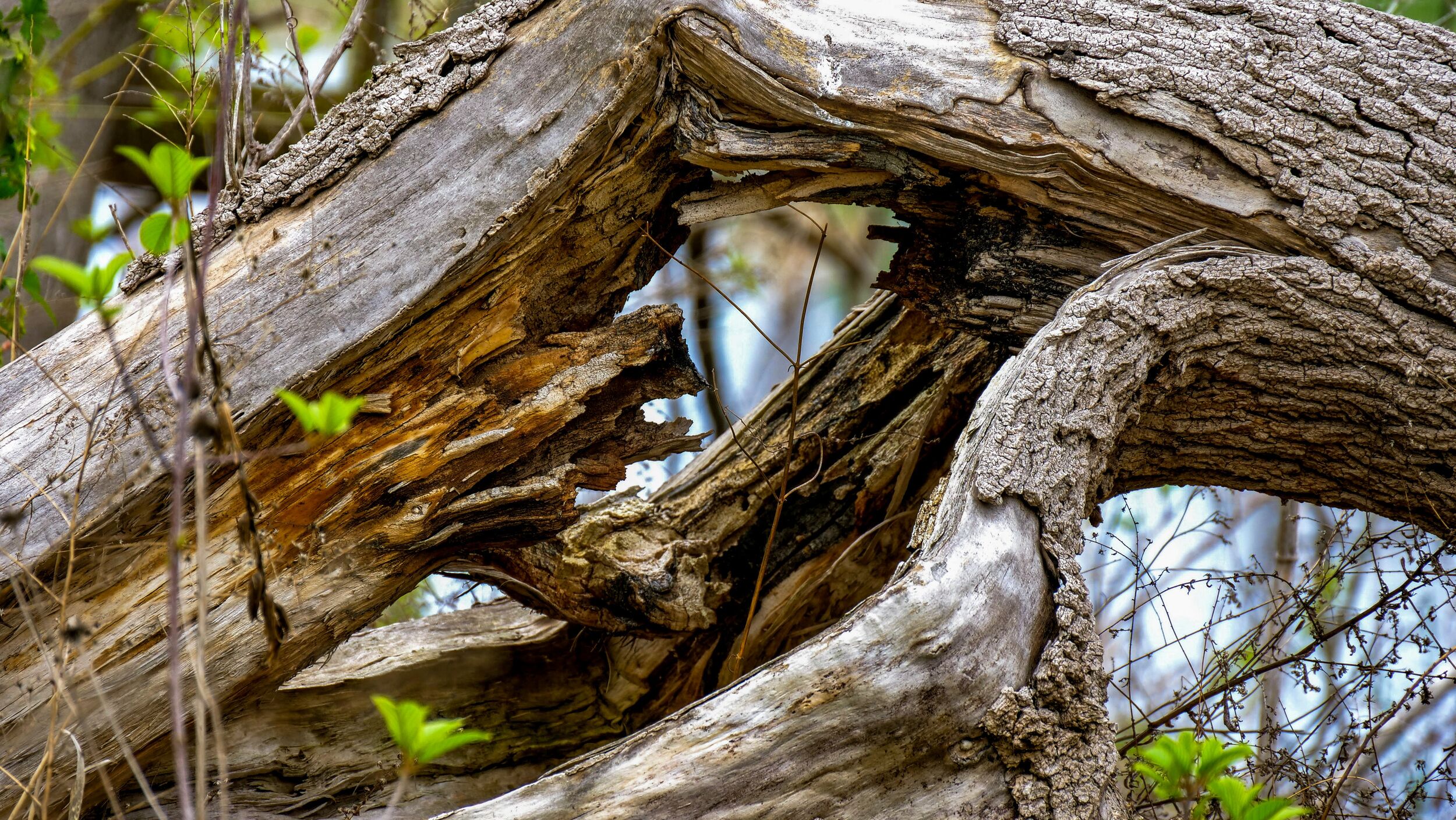
Because of its history of pollution and continued industrial activity nearby, the marsh will never be a pristine ecosystem, but it need not be held to that standard. Instead, it represents a success story for how engineering and careful management can help reverse the effects of decades of pollution, creating novel functional ecosystems in the place of former “wastelands.” As public perception increasingly favors environmental restoration, we can look to Indian Ridge Marsh as an example of how to create new forms of “wilderness” in areas where a goal of restoring pre-development ecosystems is simply unattainable.